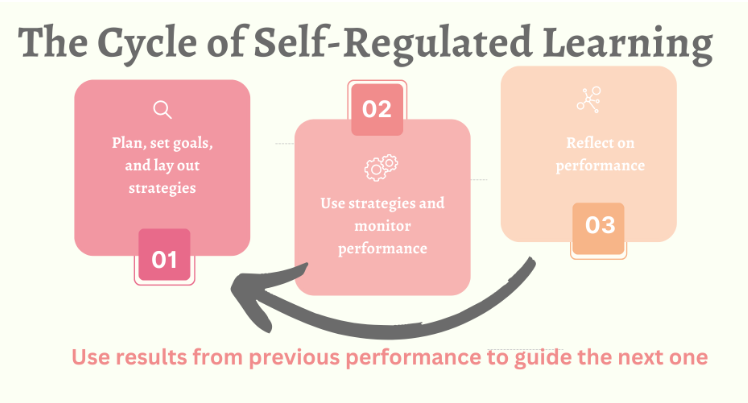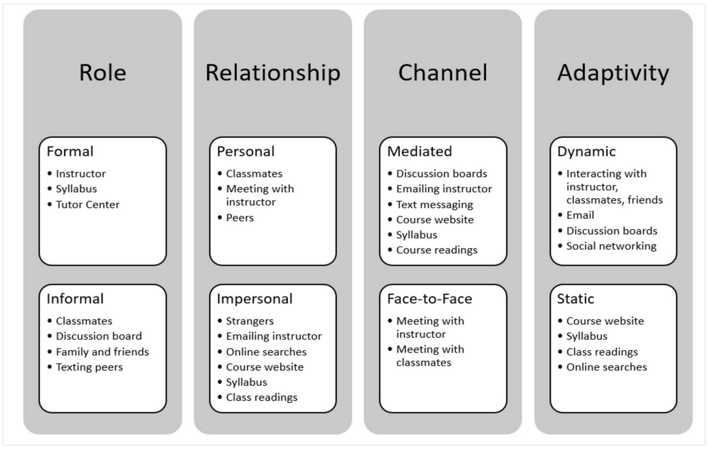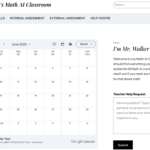The following post is a summary of an article I wrote during my Master’s of Education final project titled Enriching adolescent self-study by increasing help-seeking pathways through the employment of online social learning networks (2025). The full paper can be found using the link below.
The Problem
As a currently practicing teacher, I have found that students can generally be sorted into one of two categories: (1) on track and growing or (2) off track and struggling. For the off track students, I often wondered why they weren’t successful. As a former football coach, the solution was simple: they must not be practicing effectively. Why don’t they just train harder?

As it turns out, academic study is quite different from sport. Students carry a lot of trauma and anxiety when it comes to their academics; especially in math and science. Students who struggle in school often do so silently. They are unable to exert any mental force on their problems due to a mix of elusive internal and external factors. While they want do well in school, they do not possess the tools to do so; tools that their more successful peers use everyday.
The Literature
My research began with a simple question: why do less successful students not study effectively by themselves? What emerged was the concept of self-regulated learning (SRL) strategies – a collection of strategies that students use to regulate their thoughts, behaviours, and emotions while studying without the presence of a teacher. A simple model for SRL is given below.

After countless hours researching SRL for this project, it became clear that this framework was too multi-faceted to base my project on. What was needed was a particular SRL strategy to work from. As I ripped through the literature, one strategy came up frequently in relation to student success: help-seeking. The degree to which a student finds academic success can, in part, be attributed to how well they can gather help from their environment. Interestingly, help-seeking behaviours are extremely complicated due to their inherent social nature. Each student requests help in different ways and using different sources. The image below shows the different roles and channels students use when seeking help from external sources.

From the literature, it became clear that students generally want help but some avoid it for a variety of reasons, most of which are social in nature. If a struggling student asks for help, they fear that they might be seen as incompetent within their social or academic circle. Others avoid asking for help because past requests have not been perceived as helpful. Regardless of the reason, the problem arose that students are avoiding asking for help because something is missing from their learning environment.
The solution
How do we improve the frequency and quality of academic help-seeking interactions between peers? From the literature, it appears that this problem is largely social as students often avoid requesting help due to a fear of being judged. But how can students request help without fear of social consequence? The solution was under our noses the whole time: online help forums. A key feature of an online help forum is the ability to ask for help anonymously. While this sometimes leads to inappropriate content being distributed, properly moderated online help forums boast a society focused on the mobility of knowledge and a suppression of judgement. A popular online forum that features many communities focused on requesting help, reddit, is depicted below.

After many late nights consuming literature, it became clear to me that students need an online space where they can ask for help anonymously. Armed with this knowledge, and some basic guidelines surrounding key features of help forums, my project could move to its next stage: creation.
What’s Next?
The next step in this process is to design an online learning environment that increases the number of possible connections between students during asynchronous self-study. To follow along in this process, click the link below to see how I designed this space.
Blog Post #2 – Building a Help Forum for Adolescent Learners






